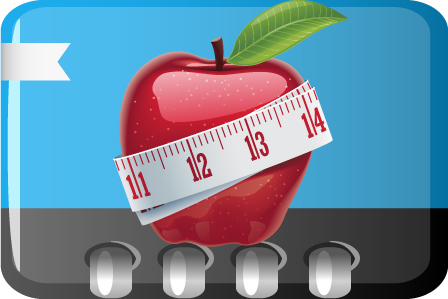This means that the conversion factor depends on the molecular weight of the substance in question.
mmol/l is millimoles/liter, and is the world standard unit for measuring glucose in blood. Specifically, it is the designated SI (Systeme
International) unit. “World standard”is not universal; not only the US but a number of other countries use mg/dl. A mole is about 6*10^23 molecules; if you want more detail, take a chemistry course.
mg/dl (milligrams/deciliter) is the traditional unit for measuring Blood Glucose (blood glucose). All scientific journals are moving quickly toward using mmol/L exclusively. mg/dl won’t disappear soon, and some journals now use mmol/L as the primary unit but quote mg/dl in parentheses, reflecting the large base of health care providers and researchers (not to mention patients) who are already familiar with mg/dl.
Since m.h.d is an international newsgroup, it’s polite to quote both figures when you can. Most discussions take place using mg/dl, and no one really expects you to pull out your calculator to compose your article. However, if you don’t quote both units, it’s inevitable that many readers will have to pull out their calculators to read it.
Many meters now have a switch that allows you to change between units. Sometimes it’s a physical switch, and sometimes it’s an option that you can set.
Simple Conversion Method:
- To convert mmol/l of glucose to mg/dl, multiply by 18.
- To convert mg/dl of glucose to mmol/l, divide by 18 or multiply by 0.055.
These factors are specific for glucose, because they depend on the mass of one molecule (the molecular weight). The conversion factors are different for other substances (see below).
And remember that reflectance meters have a some error margin due to both intrinsic limitations and environmental factors, and that plasma readings are 15% higher than whole blood (as of 2002 most meters are calibrated to give plasma readings, thus matching lab readings, but this is a recent development), and that capillary blood is different from venous blood when it’s changing, as after a meal. So round off to make values easier to comprehend and don’t sweat the hundredths place. For example, 4.3 mmol/l converts to 77.4 mg/dl but should probably be quoted as 75 or 80. Similarly, 150 mg/dl converts to 8.3333… mmol/l but 8.3 is a reasonable quote, and even just 8 would usually convey the meaning.
Actually, a table might be more useful than the raw conversion factor, since we usually talk in approximations anyway.
|
mmol/l |
mg/dl |
Interpretation |
| 2.0 | 35 | Extremely low, danger of unconsciousness |
| 3.0 | 55 | Low, marginal insulin reaction |
| 4.0 | 75 | Slightly low, first symptoms of lethargy etc. |
| 5.5 | 100 | Ideal |
| 5 – 6 | 90-100 | Normal preprandial in nondiabetics |
| 8.0 | 150 | Normal postprandial in non-diabetics |
| 10.0 | 180 | Maximum postprandial in non-diabetics |
| 11.0 | 200 | |
| 15.0 | 270 | A little high to very high depending on patient |
| 16.5 | 300 | |
| 20.0 | 360 | Getting up there |
| 22.0 | 400 | Max mg/dl for some meters and strips |
| 33.0 | 600 | High danger of severe electrolyte imbalance |
- Preprandial = before meal
- Postprandial = after meal
More Conversion Methods:
- To convert mmol/l of HDL or LDL cholesterol to mg/dl, multiply by 39.
- To convert mg/dl of HDL or LDL cholesterol to mmol/l, divide by 39.
- To convert mmol/l of triglycerides to mg/dl, multiply by 89.
- To convert mg/dl of triglycerides to mmol/l, divide by 89.
- To convert umol (micromoles) /l of creatinine to mg/dl, divide by 88.
- To convert mg/dl of creatinine to umol/l, multiply by 88.

